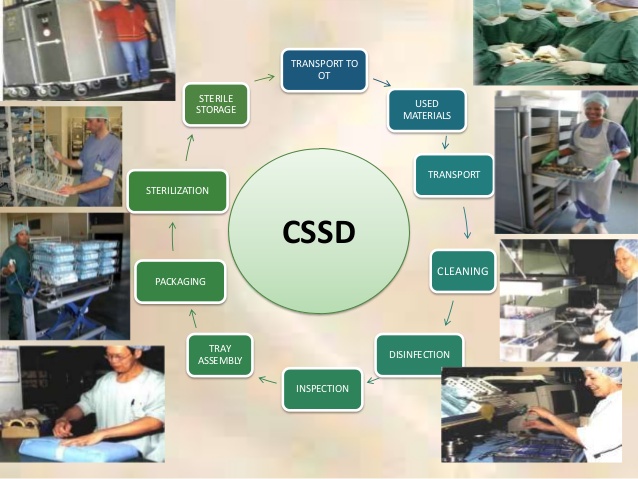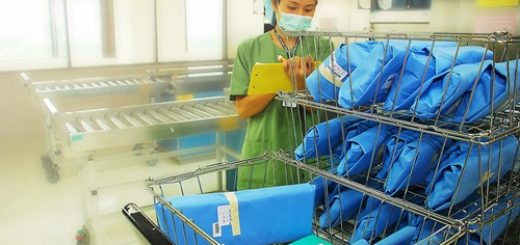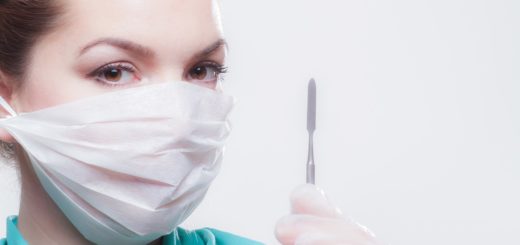What is CSSD or Sterile Processing Department
As an integrated unit within hospitals and healthcare facilities, the CSSD performs sterilization and other related actions on medical consumables, equipment, and devices.
These items will then be used where aseptic procedures are performed — such as in the operating theater, in wound stitching, and in the surgical, pediatric, and maternity wards.
What does CSSD stand for?
It is an abbreviation for the Central Sterile Services Department (also known as the Sterile Processing Department or Central Supply Department).
Other Terms for CSSD:
- Sterile Processing Department (SPD)
- Sterile Processing
- Central Supply Department (CSD)
- Central Supply

The CSSD or Sterile Processing Department was created to efficiently manage the sterilization process, which used to be done in the individual departments where they will be used.
This makes it difficult to maintain a consistent high standard, while also taking up more manpower than it should.
With a single sterile room, all items are processed to ensure that they are safe to use.
This advantage is particularly seen for hospitals and facilities that handle a wide variety of surgical procedures, as well as those with a wide array of medical equipment.
In order to further understand the significance of the CSSD, it is also important to understand what is sterile processing.
Among all living organisms, bacterial spores are the hardest since they are better able to withstand external agents.
While the different physical and chemical treatments used in removing both pathogenic and non-pathogenic organism are not considered absolute, items can be considered sterile once they have been thoroughly processed by the CSSD.
Sterile supply processing involves various methods.
One of them, steam, uses heat and high pressure to get rid of microorganisms.
Chemicals such as ethylene oxide (ETO) can be used against those that are moisture and heat sensitive.
Microwave, ionization, and reactive plasma are also other items used to perform sterilization.
The sterile supply processing is just one part of the CSSD’s activities.
There is also the assembly and packaging, where the items in the decontamination area are prepared and assembled (if needed).
There’s the transfer to the sterile room or storage area, where these items are contained until they are due for use.
Finally, there is the distribution area where the items are prepared for delivery to the departments that need them.
This area of the Sterile Processing Department is also responsible for requisition-order filing, taking telephone orders for equipment, and making sure the sterile supplies are replenished.
Naturally, these processes require machinery, processes, and skilled handling, along with stringent quality assurance tests. Were these to be done in multiple sites around the hospital (with each department deploying their own people), there would be a wasteful replication of effort.
With this, the CSSD became a must-have for any hospital.
Throughout the different institutions, the role of the CSSD remains the same. While often underrated and unheard of by the public, the Sterile Processing Department plays an unseen hand in making sure that all operations and medical processes are successful, and that all patients are safe from infection.
Those who further wish to know what is CSSD can check out the CSSD website of any hospital.


Very good
Hello thank you for your information
Can I translate your article and use it in my Instagram page??
I am cssd technician
Hi Somnath, we’re glad to see you here! 🙂
Sterile processing Department plays very important role in making sure that all operations and medical procedures are safe and successful for all patients.
Happy to be part of the team
Hi